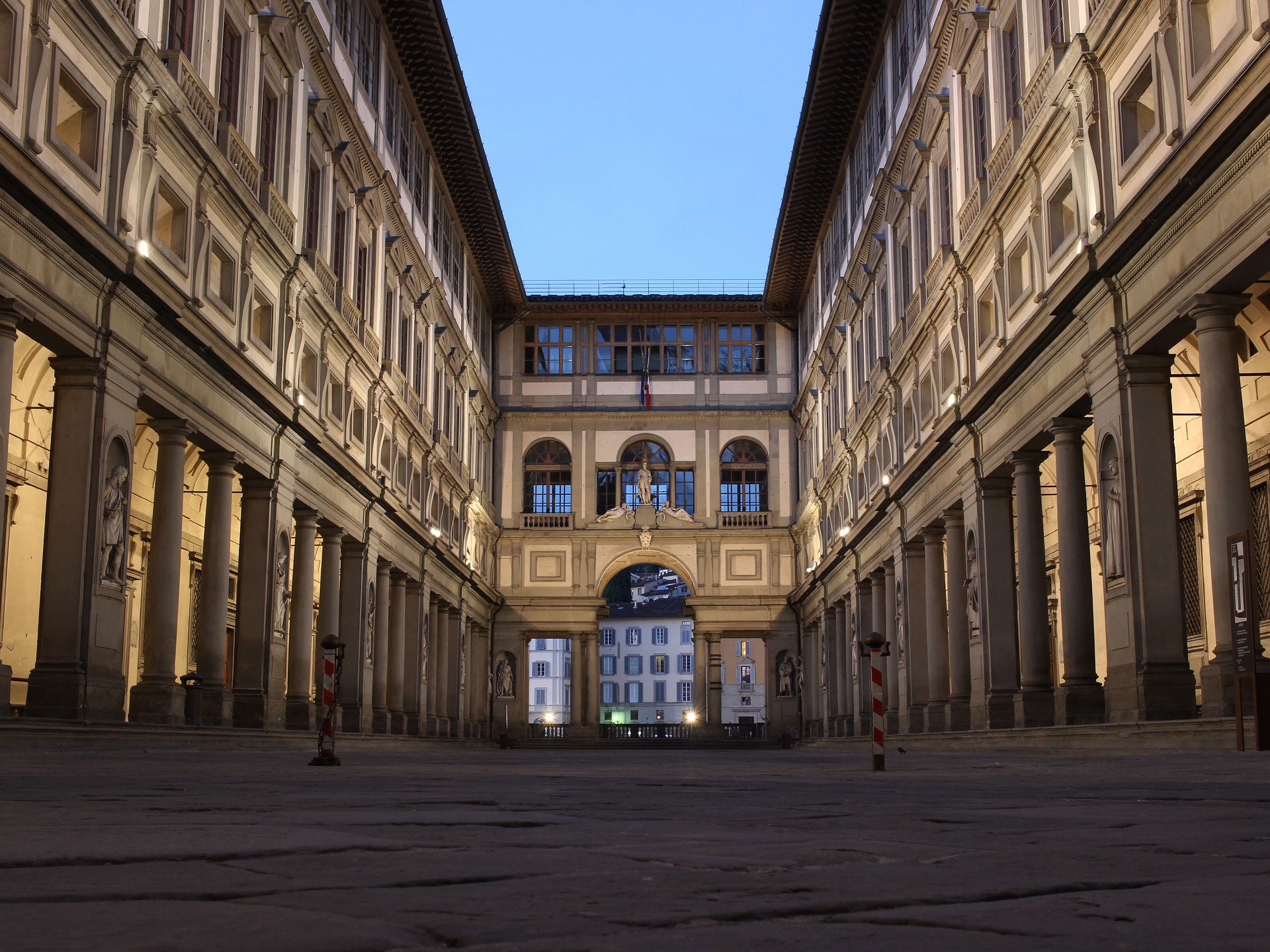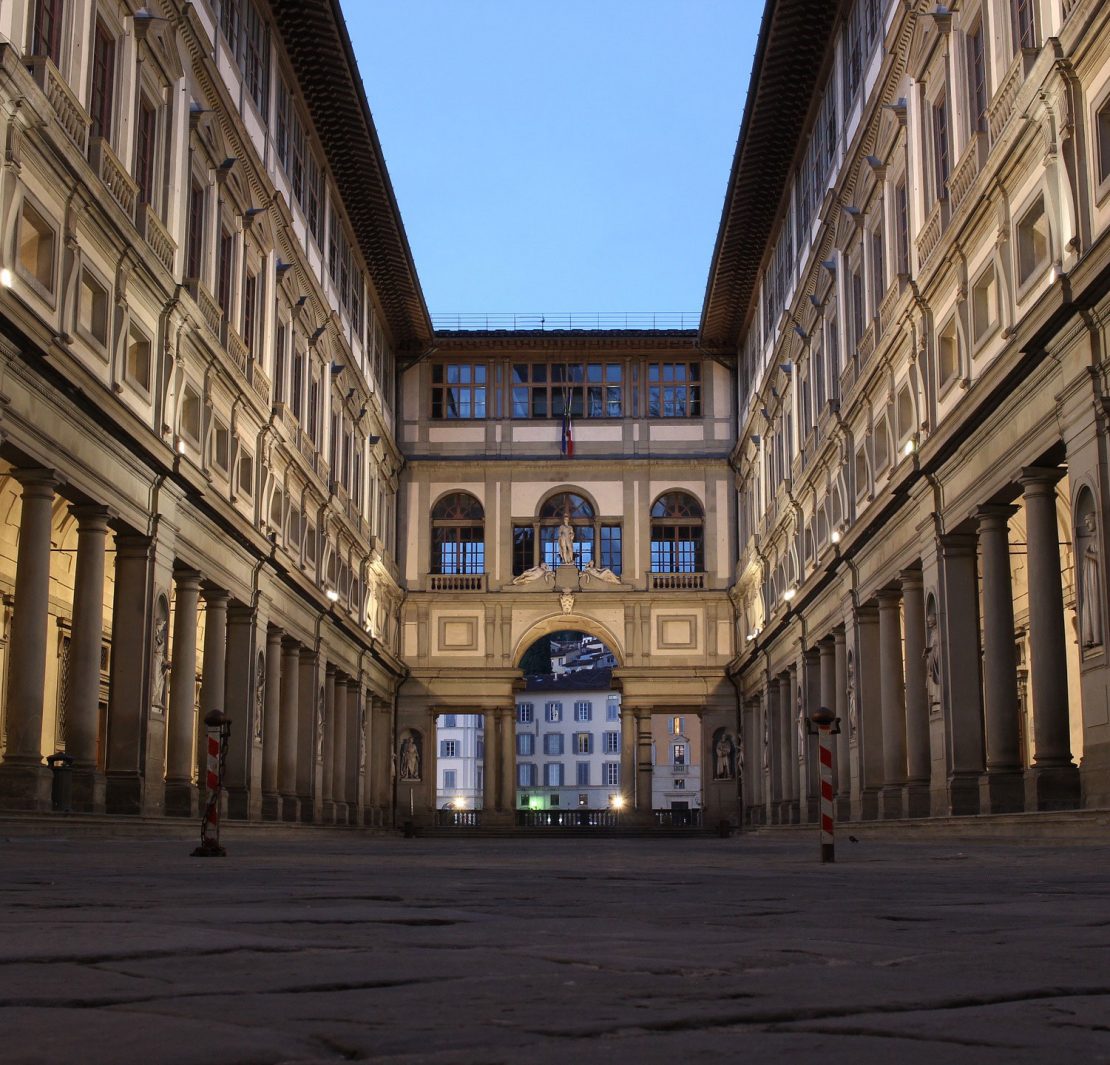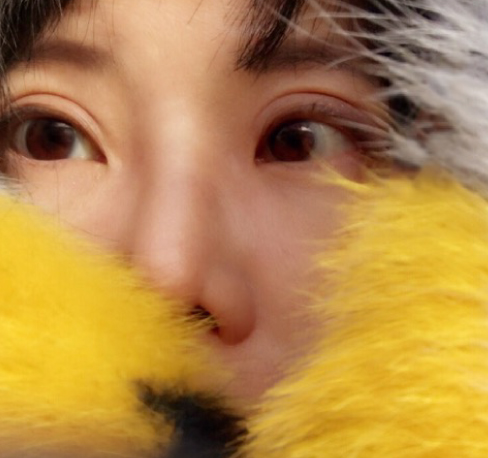The 2020 Taipei Biennale was one of few international exhibitions in the world over the past year that were able to have a physical opening. Challenged with the impact of the pandemic, Lin Ping, the director of the Taipei Fine Arts Museum (TFAM), could not help but concede during her speech at the press conference, “Things that can be controlled by humans are extremely rare.” Not long after the opening, the media disclosed that director Lin Ping had resigned, and the Taipei City Government was vigorously seeking her successor. Although TFAM is only a secondary-level municipal institution, it is the first modern and contemporary art museum in Taiwan as well as the organizer of the Taiwan Pavilion for the Venice Biennale — the person who runs and leads TFAM is understandably under the scrutiny of the public. It is misfortunate that in the first round of selection on December 15th 2020, no candidate meeting the requirements of having “a qualification of a 10th-level official for appointments in the cultural, educational and administrative departments” or “an associate professor certificate issued by the Ministry of Education and a doctorate degree in art-related disciplines (or equivalent) educational background”, or had “served as an assistant professor in art-related subjects for more than three years, with an excellent evaluation result” was selected. So, beginning December 23rd, the city government once again had to solicit applicants online.

Taiwan’s public art museums have a long history of adopting a dual-track system for personnel promotion. In early November 2020, the director of the National Taiwan Museum of Fine Arts, Lin Chi-Ming, concluded his term and returned to his post at the National Taipei University of Education. His successor, the former director of the National Dr. Sun Yat-sen Memorial Hall Liang Yongfei, is a 12th-level civil servant. Since TFAM’s inception in 1983, its directors have been appointed from the civil service system for more than half of its lifespans, such as Huang Kuang-Nan, Tsai-Lang Huang and Hsieh Hsiao-Yun. Therefore, the city government seeking applicants with work experience either in the civil service system or academia comes as no surprise. At first glance, such criteria seems logical, yet the constrictive alternation solely between these two systems is in fact worth rumination.
Taiwan is not the only country that adopts this dual-track system; South Korea and Italy do as well. For example, the National Museum of Modern and Contemporary Art, Korea, established in 1969, had no official research positions until 1989. Its first eight directors were all from the civil service system, and most of their terms were only one year long. In order to get rid of bureaucracy, since the 2000s the Korean central government began to hire art critics and art history scholars, and recruited directors in a more open fashion. It also pioneered selecting directors with backgrounds unrelated to art, one example being a former director of the Ministry of Information and Communication, known as the CEO Minister Bae Soon-Hoon. In 2015, the Korean government “went back on the right track”, announcing that applicants must have worked in the art field for more than 10 years, or have more than 7 years of work experience in the art field after obtaining an art doctorate degree, or have held the position of a department head or above in a field of art with at least three years’ work experience in the field. The final result was Bartomeu Mari Ribas, the former director of the Museum of Contemporary Art of Barcelona. After Ribas’ term, Youn Bummo, an art history professor from Dongguk University, was appointed. Likewise, Italy also launched their museum director open call worldwide in 2015. The qualifications listed were very similar. In addition to having a master’s degree or above, candidates must have held a supervisory position in the Ministry of Culture, or have worked in a public or private institution for more than 5 years with managerial work experience, or have more than 5 years of experience in public sectors domestic or abroad and with publications and/or proof of cultural or scientific expertise by the nature of their work, or have research and academic experience in domestic or foreign universities.

In other words, civil servants, university faculty, and personnel with a background in art management and the art industry have all been considered for the recruitment of director positions in Korea and Italy in recent years. However, in this case, only the first two categories are accepted by the Taipei City Government, so independent workers, curators, directors, chief officers, researchers in TFAM or other museums, art centers and foundations, who have never worked full-time in academia but have an art management background, are excluded from selection.
Taiwan’s inexplicable obsession with selecting directors from the civil service system and the academy is probably due to the cumbersome regulations and obstacles imposed by parliament which are anticipated to burden the job. People who are already familiar with the public service system are more able to deal with it, or those with academic experience can help to pool together research and put forward grand discourse. But even with their experience in public sectors or academia acting as shields against the pressure of public opinion, candidates do not necessarily understand the business of running museums. Even those with backgrounds in festival or exhibition planning are most likely to be amateurs in art museum direction.
It’s not easy to be a first-time leader, hitting the ground running. The museum’s characteristically extra-long work cycle is particularly inconducive to outsiders. In addition to figuring out the organization culture, the new director must also use their first year to see through the exhibitions, events and publications that for years have been in the pipeline under the previous director, and now await realization. As for making any of their own sweeping changes, it usually takes an even longer period for the director to be able to respond adequately to new contexts, and proposed reforms must fit into the annual calendar schedule, potentially spanning over years to be accomplished. In contrast, festivals or exhibitions are often a once-off project and relatively simple. The schedule and budget do not generally come under heated negotiation, and there are no long-term planning issues such as collection, preservation, repair nor expansion to be dealt with. Expecting that even the most experienced curators can take on these responsibilities immediately is neither fair nor practical. Therefore, although the city government did not explicitly point this out, an experience of having served at, been seconded to, or been in charge of an art institution or university art museum, would ensure a smoother transition into the role, which is certainly a bonus.

For example, the director Lin Ping had served in TFAM and the National Museum of Fine Arts before joining the faculty of Tunghai University, and director Tsai-Lang Huang had been temporarily transferred from being Head of the Art Department of the Council for Cultural Affairs to the Kaohsiung Museum of Fine Arts. His accumulation of hands-on experience leading the preparatory phase of the Kaohsiung Museum of Fine Arts, and then serving as its first director, definitely cemented Huang’s qualification in the field. He has since become legendary, being appointed director of all three iconic public museums in Taiwan: the Kaohsiung Museum of Fine Arts, TFAM, and the National Museum of Fine Arts. Sadly, it is hard to achieve lasting change from a flash in the pan. Taiwan’s civil servant posts have a rotational design, and academic faculty members also have secondment periods. Although the secondment period can be extended in both systems to maintain flexibility, scholars are not neutral civil servants, and are easily accused of being favored by certain political parties. They can be replaced every time there is a party change in the government. Among the three aforementioned museums, only Peini Beatrice Hsieh, the former director of the Kaohsiung Museum of Fine Arts, and Lin Ping, who has just stepped down as the director of TFAM, have successfully broken “the curse of the four-year (one term) tenure” and were able to elaborate upon their contributions.
In this case of either/or thinking, what continues to be undermined is the presence of professionals on-site. Perhaps because Taiwan’s museum industry is under-resourced, in-house researchers are often tied down by odd jobs and are unable to concentrate on their projects. Public institutions are strict with personnel promotion, and therefore promotions of non-public officials inevitably cause controversy, due to being in conflict with the current civil service system. Another constraint is that development in the third sector is sluggish, and talent is limited. Taiwan’s forefront art administration professionals have far more difficulty entering the leadership class than their peers in other countries. For example, among the first-tier four major museums in the world, the director of the Louvre Museum, Jean-Luc Martinez, and the former director of the Metropolitan Museum of Art, Thomas Campbell, were previously curators in these museums; The director of the Hermitage Museum, Mikhail Piotrovsky, originally worked at the Institute of Oriental Studies in Russia; Glenn Lowry, the curator of the Museum of Modern Art in New York, began his career at a university art museum, and the current director of the British Museum, Hartwig Fischer, has worked in several museums in the German-speaking sphere. These are all experienced professionals with doctorate degrees. On the other hand, being in the industry for a long time alone has considerable substance. The world’s top 3 longest museum directors’ tenures in a single institution are 52 years for Irina Antonova, the director of the Pushkin State Museum of Fine Arts; 37 years for Knud Jensen, the director of the Louisiana Museum of Modern Art, Denmark; and 35 years for Philippe de Montebello, the director of the Metropolitan Museum of Art (The Met). Not one of these directors came from academia. Among them, Antonova was promoted from a research position in the museum, and Jensen was a collector himself. Philippe de Montebello’s first job after graduation was as an assistant researcher in the Metropolitan Museum of Art, and he then moved to the Houston Art Museum before returning to the Met. The director of the Humboldt Forum in Germany, Neil MacGregor, was editor-in-chief of an art journal. He has since been in the museum industry for more than 30 years, having worked as the director of the National Gallery and the British Museum. All of these figures mentioned do not meet the criteria listed by the Taipei City Government. Only the director of Tate Museum, Maria Balshaw, would just be able to submit an application, because she taught at a university 20 years ago.
In fact, for Martinez and other museum professionals who are almost lifelong practitioners in the field, if they indeed were looking for a job in Taiwan’s relatively fragile art scene, would they really be able to find fresh and sharp input there, enough to expand upon their personal accumulation of production and operational skills, to smoothly enter the system from the outside, or move up from the entry-level? Is it the long-standing weak art ecology, or the limited potential for the promotion that has resulted in a “directors come and go while curators are forever” situation and a lack of ambition in the field? There is no director who can handle these circumstances alone, and an art museum also cannot survive without an art community. The discussion amongst foreign museums about the ideal directorship is mostly based on the assumption that the museum team has reliable logistics within a diversified art scene. Art museums in Taiwan have been recruiting directors from the pool of public servants and academic faculty members for many years. No doubt the government has its own legitimate reasons for this, whether a precautionary measure or something that leads to advantages, perhaps seeking long-term stability, or the incubation of innovations. But, if every time the director’s open call begins, art professionals who are outside of the civil service system and academia can only be bystanders watching the show, there must be a problem with the current art museum bureaucracy and art administration system in Taiwan.


